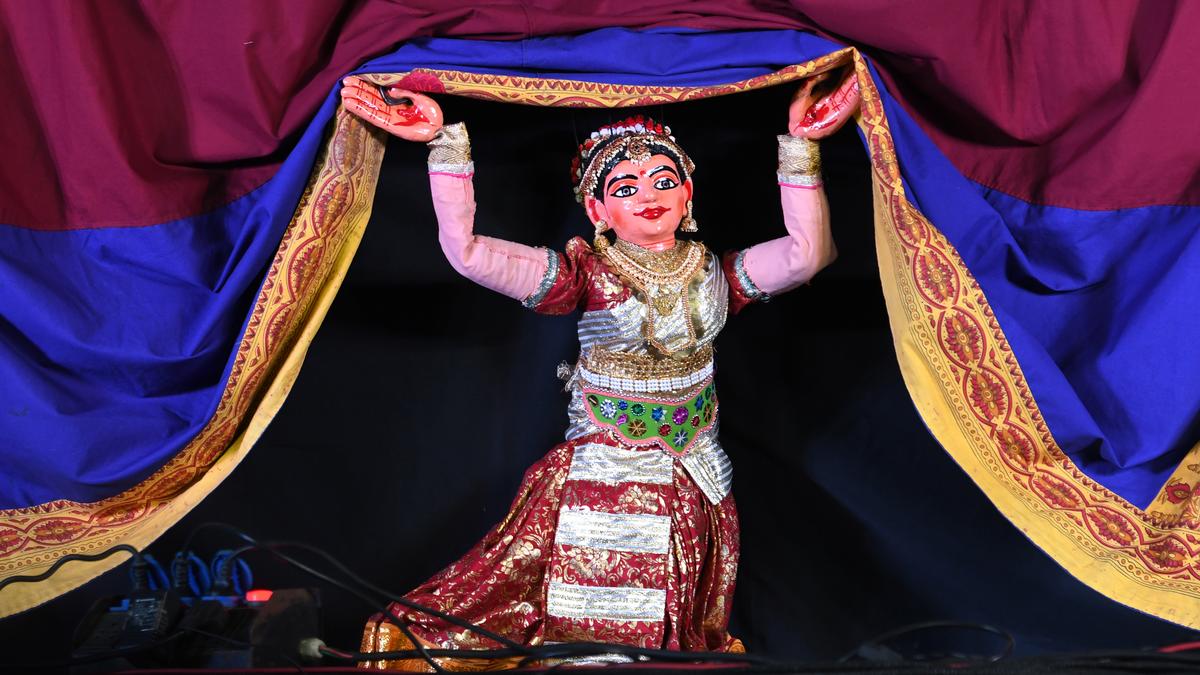
Bring stories to life: The art of puppetry
The Hindu
Puppetry is more than just a performance—it’s a timeless art form, deeply rooted in culture, tradition, and storytelling. This age-old art is finding its place in today’s learning spaces. Reviving the timeless art of puppetry through storytelling, education, and interactive performances for all ages.
Isn’t it fascinating what technology can do today? From AI to lightning-fast internet, everything is just a click away. But what happens when there’s no power? When your battery runs low?
That’s where something timeless steps in—an art form that doesn’t rely on screens or signals but on pure creativity and storytelling. Puppetry is more than entertainment; it’s a second life, a loyal companion, and a world where you control the story. It’s an escape from the digital rush, a space where your imagination takes centre stage.
In the heart of bustling streets and quiet village corners, puppetry has danced its way through history, bringing stories to life in the most magical way. Long before movies and cartoons, puppets were the original entertainers—spinning tales of gods, heroes, and common men.
Across cultures, from India’s Kathputli of Rajasthan to Indonesia’s Wayang Kulit, puppetry has been more than just a show; it’s been a way to pass down traditions, teach lessons, and spark imagination. In temples, courts, and marketplaces, puppets have whispered history, acted out myths, and even poked fun at society.
They let storytellers create a world where anything is possible — where a wooden doll can become a king, a shadow can turn into a monster, and emotions can be felt without a single spoken word. Whether for children or adults, puppetry isn’t just play—it’s a world where fantasy and reality meet, no screens needed.
Pupalife is not just an organisation—it’s a movement that believes in the power of stories to transform lives. Founded in 2015, Pupalife was born out of a single moment of curiosity when a child asked about shadow puppetry. The founder Mohana Sundaram, not knowing the answer, took it as a challenge. With nothing but YouTube and sheer curiosity, he began learning, experimenting, and performing—and that spark ignited the journey of Pupalife.
At its core, Pupalife is a storytelling collective that believes education is the key to social reform. And what better way to educate than through storytelling? Over the years, the team has mastered and explored more than 10 unique storytelling formats, from shadow puppetry and ventriloquism to folk tales and music-based narratives.

Satara ruler Pratapsinh Bhosale started 1st school for women, Mahatma Phule emulated him: Udayanraje
Descendant of Shivaji Maharaj claims ancestor started first school for women, sparking controversy with opposition Congress.





















 Run 3 Space | Play Space Running Game
Run 3 Space | Play Space Running Game Traffic Jam 3D | Online Racing Game
Traffic Jam 3D | Online Racing Game Duck Hunt | Play Old Classic Game
Duck Hunt | Play Old Classic Game










